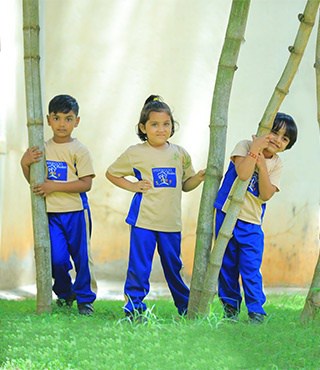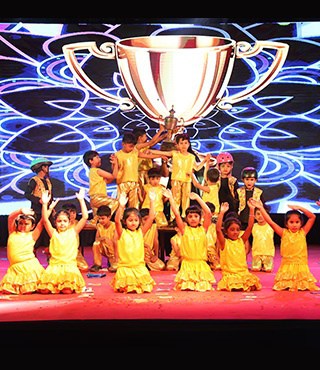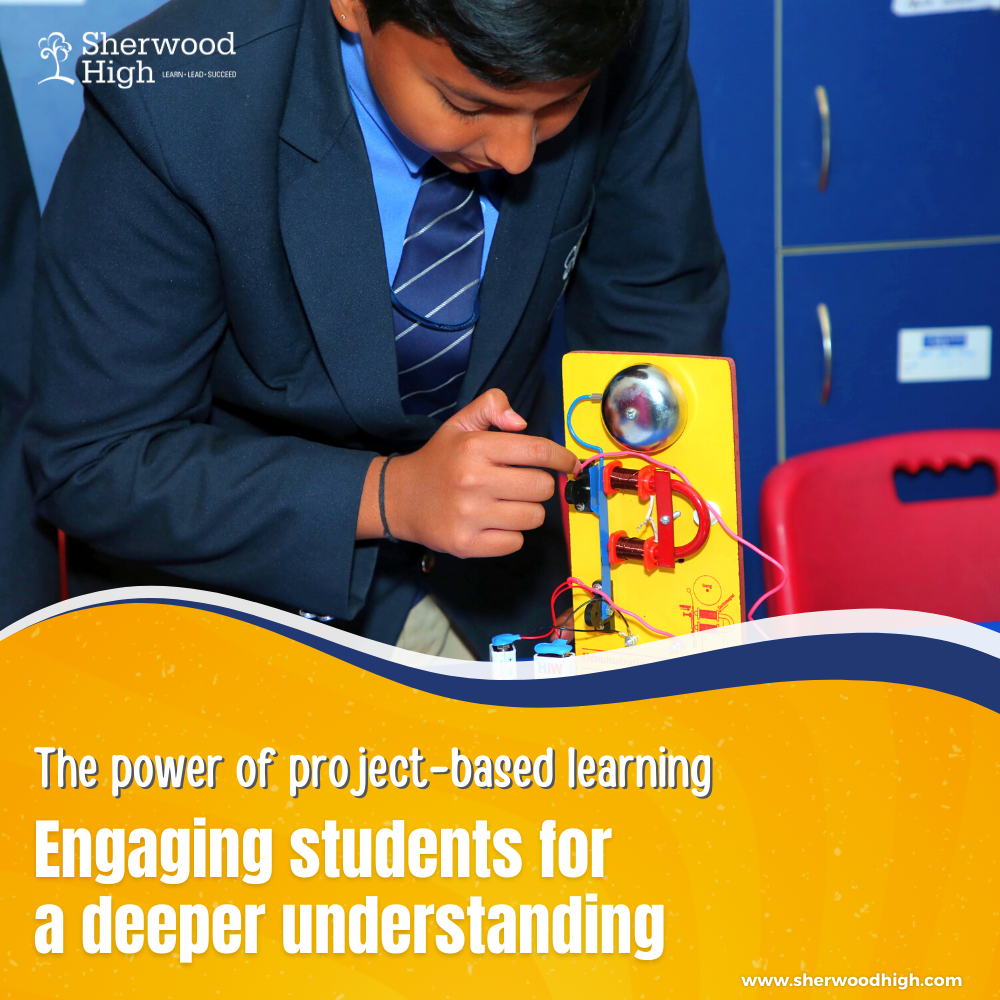

The power of project-based learning: Engaging students for a deeper understanding
The power of project-based learning: Engaging students for a deeper understanding
If we want our children to be doers, then we will have to put them through the process of learning by doing – project-based learning
Real learning happens when learners have the freedom to experiment with their ideas free of judgments, ridicule or punishments
Human beings are complex creatures and our faculties of intellect are designed to learn through various modes, methods and mediums.
No matter what our strengths, weaknesses and inclinations, humans are naturally creative. Whatever be the medium, domain or subject, most of us enjoy creating things with our hands or minds. We all love to show to the world whatever we create.
This is because, humans are doers by nature and love to be seen as doers. Hence, it goes without saying that our approach to learning should reflect this natural human tendency and should include it in the learning process.
Human Development
Having said that, there is no ‘one size fits all’ model of learning. As we come across different concepts, information and challenges we deal with them differently on different occasions.
According to many human development experts, how we learn should depend on what we learn and what type of personalities we possess.
Our personalities and circumstances play a great role in how we learn, but life is practical and humans are practical beings with complex abilities and interests.
Hence, mere theory neither helps in conveying most of the concepts, nor does it help in applying the lessons practically.
Real education is the one that will harness all facets of life, allowing the child to explore a broad spectrum of experiences.
This will ensure that the child is exposed to various scenarios, realities and possibilities. It will also allow the child to acquire a wider range of skills and understand the world beyond the controlled academic atmosphere.
Competitive Atmosphere
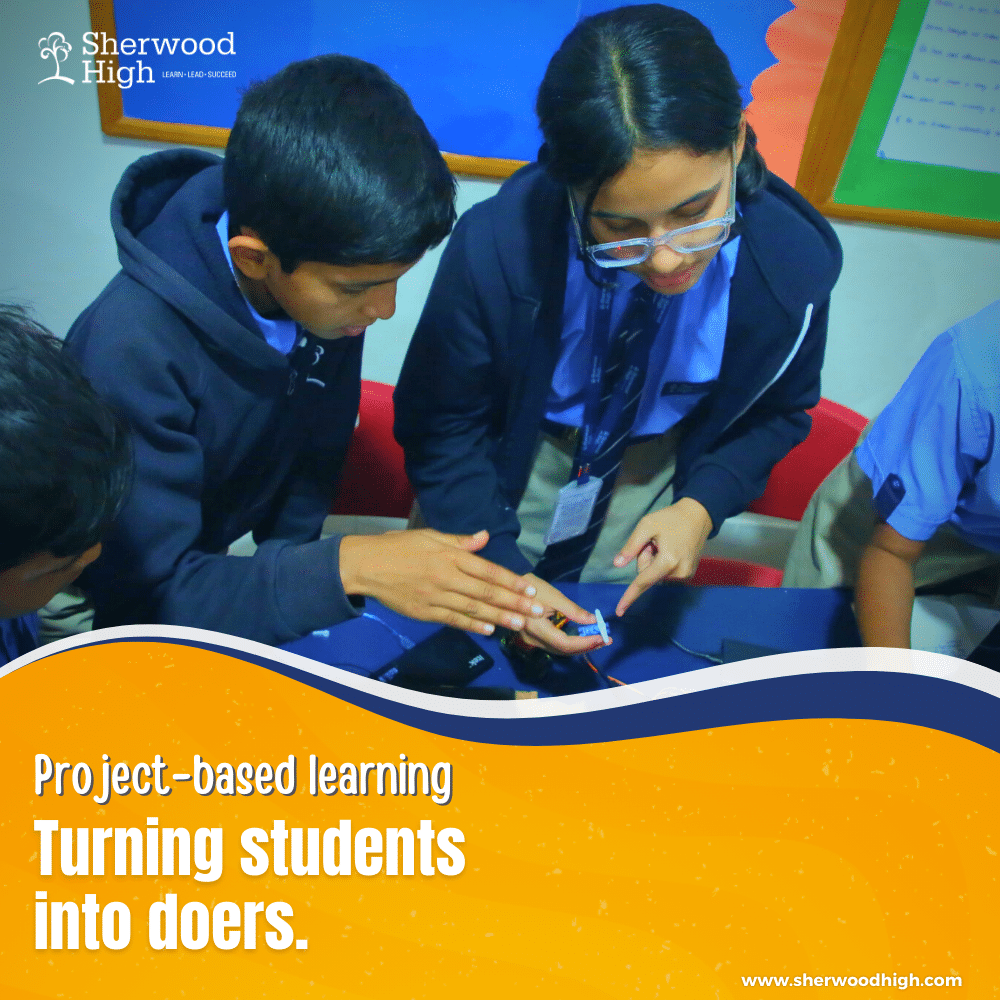

Given our extremely competitive atmosphere that values scoring more than learning and understanding, modern schools have become highly focused on academics and naturally modern parents also are overly academic in outlook.
This is understandable, as the route to higher education and the qualification process for most preferred courses have been designed in such a way that only scores matter.
But, the system has now come under heavy criticism as more and more students are succumbing to acute pressure.
While on the other hand, learning atmospheres that allow students to explore and be creative have seen the students thrive, learn better and develop deeper understanding of concepts.
Real Learning
Before delving deeper into this, we have to understand that learning is not just a transaction, learning is not just dumping of information into ‘empty’ minds.
Real learning happens when students have the freedom to think independently and translate their thoughts into action.
Real learning happens when hands and minds align, drawing conclusions through trial and error.
Real learning happens when learners have the freedom to experiment with their ideas free of judgments, ridicule or punishments.
Real learning happens when learners find meaning and purpose in their lives.
Schools are designed to facilitate learning for students, but the intended learning can only happen when the process becomes multi-modal, multi-directional and multi-dimensional. In other words, schools should develop an atmosphere where the learners are able to actively participate in the process of learning.
Schooling is not just about classroom learning or academic excellence. Apart from theoretical learning, students should be given practical lessons, with opportunities to experiment and build projects.
A well-equipped laboratory can provide more insightful learning experiences to learners than a classroom with a blackboard and textbooks.
Traditional Schools
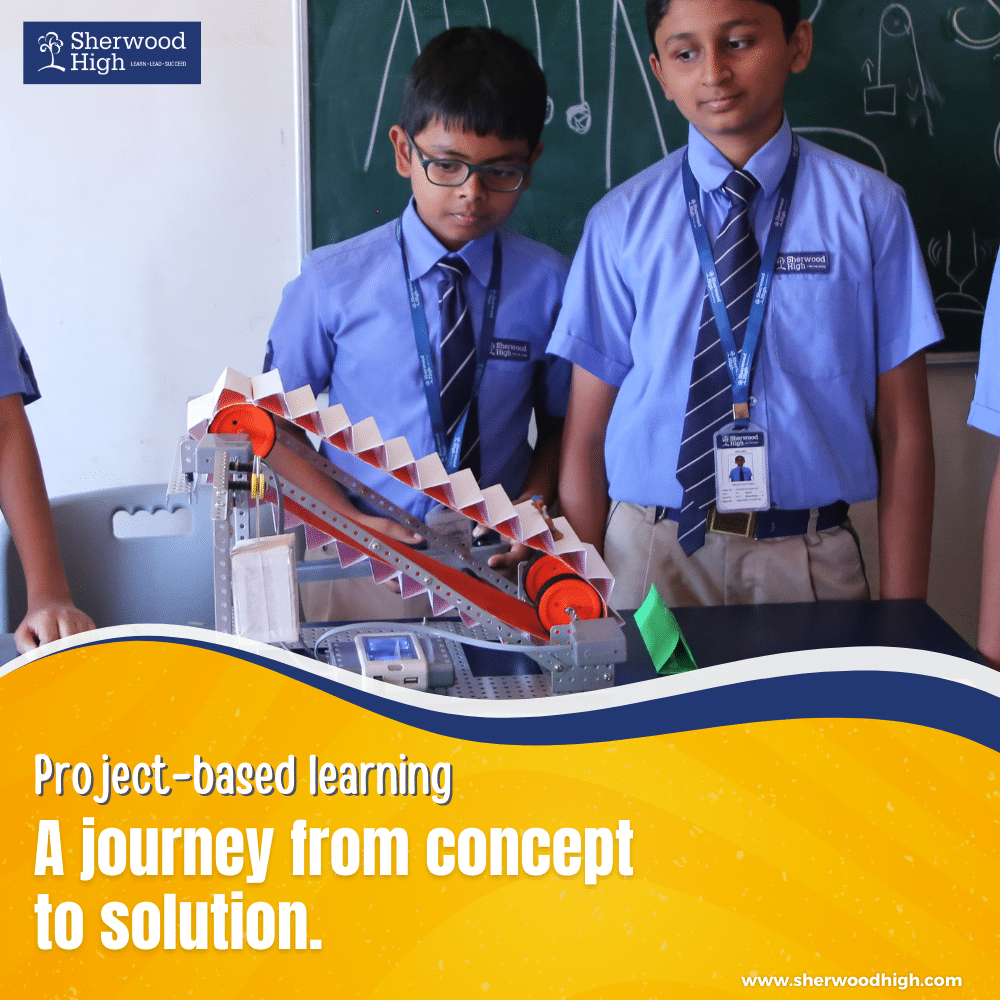

In a traditional school set up, classroom is where most of the teaching happens. However, modern technology now allows classrooms to go beyond textbooks, lectures and blackboards. This should be taken advantage of.
To be honest, most educational spaces still lag behind in making learning interesting for modern children. It is no wonder that many children find the lessons boring and are disengaged, because they are mere passive participants in the process.
Most students have difficulty seeing the day-to-day relevance to their lives in what they are learning and how it will help them in defining their lives.
If we want our children to be doers then we will have to put them through the process of learning by doing. One of the ways of doing this is by adopting the project-based learning approach.
Project based learning not only makes learning interesting for children, it also shows the relevance of concepts being learnt. This way they will also learn to find solutions to the problems they see around them rather than just complaining or being indifferent.
So, what is project-based learning?
Project-based learning is the process of acquiring knowledge and understanding by doing projects.
The process involves students participating actively in their education by understanding a concept and applying it practically as they work on a project. This is contrary to what happens in a traditional classroom, where students passively listen to a teacher and memorise information, whether they understand the concept or not.
Project-based learning ensures students devote themselves for hours in understanding real concepts, identifying the issues and solving real-world problems and challenges.
The projects could range from business concepts and scientific research to social or environmental activism and artistic interventions.
Here’s what a project cycle looks like:
- The process begins with the in-depth understanding of a concept, question or a problem.
- This leads the students to research and find explanations or solutions.
- Then, the students develop prototypes of the solution they propose and refine it after seeking suggestions from teachers and applying the solutions.
- Finally, the learners present their final product to a mix audience comprising of teachers, peers, and industry experts who could benefit from their findings, recommendations, or products.
Here are the five dos of project-based learning:
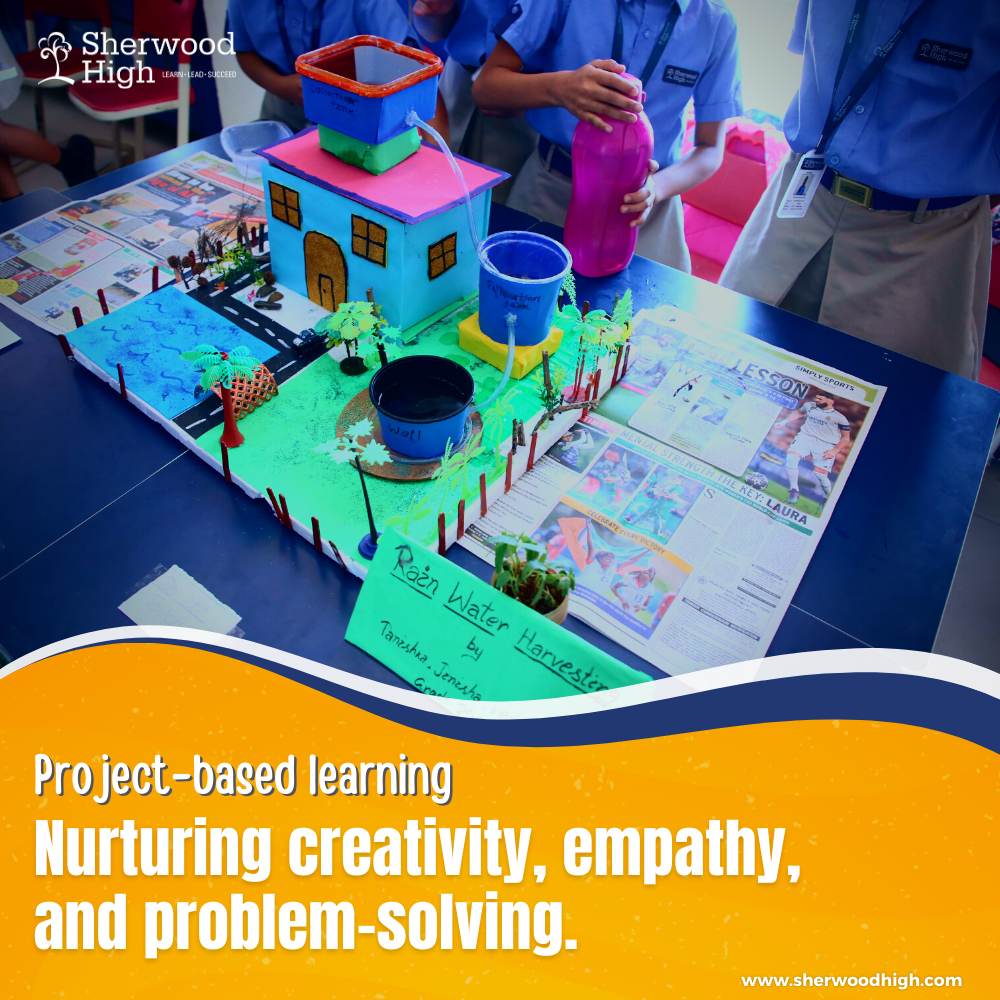

Draw the students in through a compelling hook: It could be a documentary on innovation and solutions or a speech by a successful innovator or an industry expert who presence could be highly motivating for the students. It could also be some eye-catching stats or an impact study that shows the result of applying innovative solutions to change people’s lives.
Explore existing solutions: The concept that is being studied or the problem that is being discussed may have already been solved elsewhere. It is essential to explore and learn from the studies done by others in order to avoid repetitions and learn from the mistakes of others.
Seek expert advice: There is nothing like having a subject expert in the classroom, who is actually working on the field to find solutions. The idea is not just making the students listen to a speech, but to give them an expert opinion on the problems and solutions as well as an idea about the ground realities. If getting the expert to visit the class is not possible, even a virtual interaction would prove useful.
Solutions that matter: The idea behind the entire process is not just learning the concepts and exploring possible solutions. The purpose of the whole exercise is to help learners become doers. This will only happen when they are encouraged to find solutions that are real, something they would like to use themselves and something that will make a real difference in the lives of the common people.
Benefits
Project-based learning develops creativity, leadership ability, empathy, thoughtfulness and ability to observe,
listening and communication skills, management skills, greater attention span and deeper focus, and ability to find solutions to day-to-day problems.
Conclusion
If you look at the above skill set, it is something most parents would want in their children and it is also something all nations and employers seek in their citizens and workforce.
This is only possible if the learners are taken through the process of independent thinking and solution finding right from an early age. The idea is not to just develop the skills required to excel in the industry, but to develop the mindset that will help children see themselves as change-makers.


